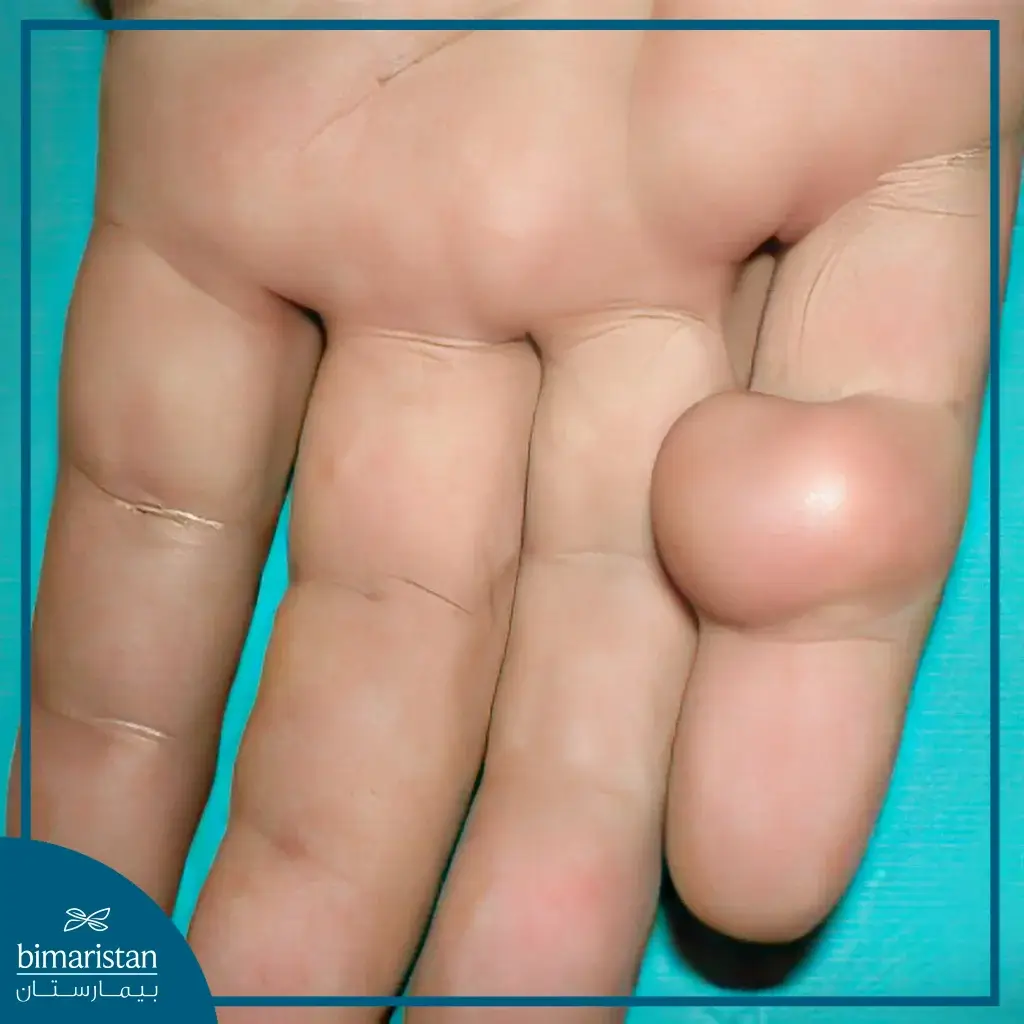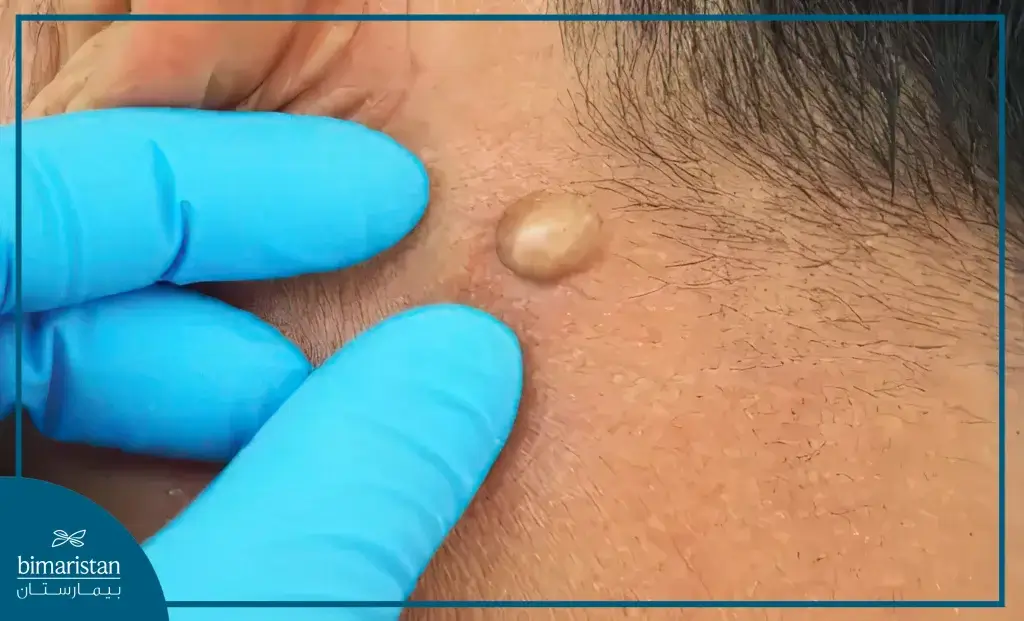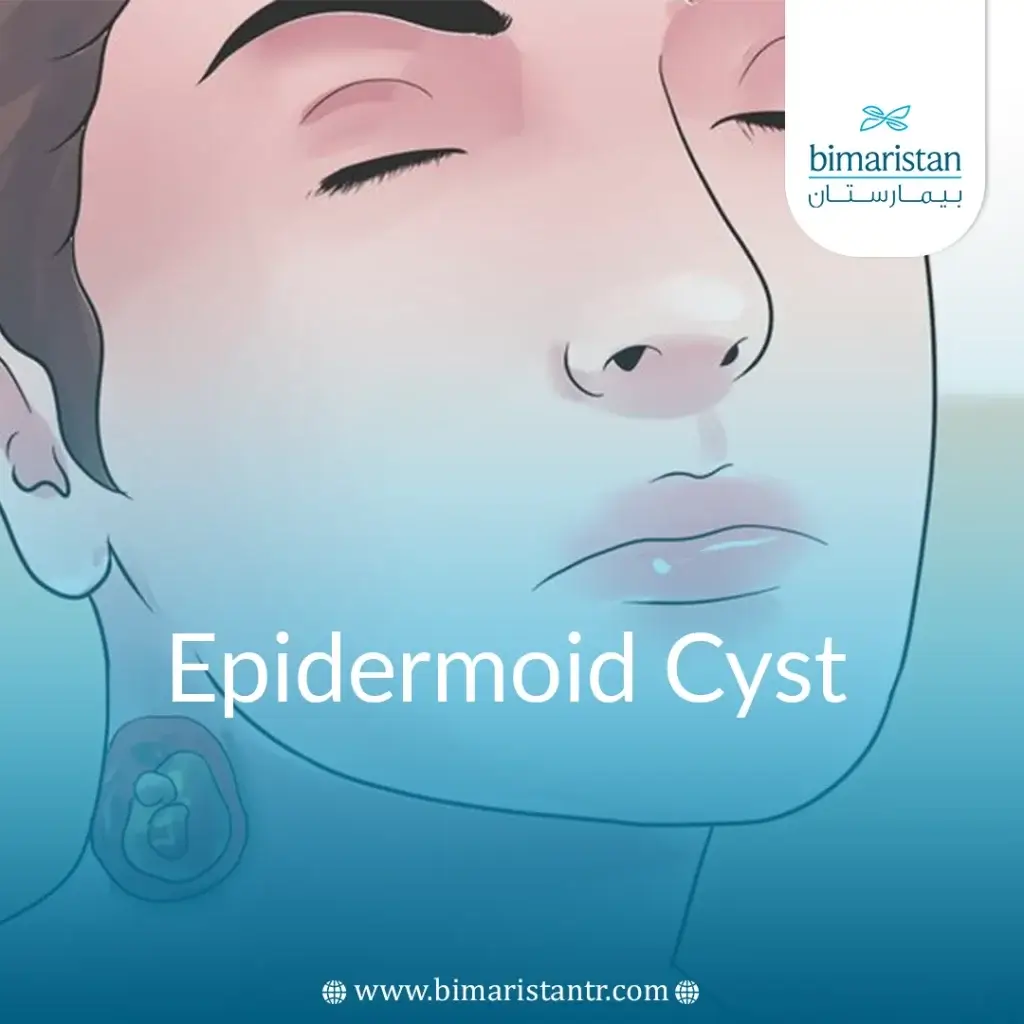The epidermoid cyst is one of the most common types of dermoid cysts. Epidermoid cysts typically appear in individuals between the ages of 40 and 50. It is uncommon for these cysts to develop before puberty, and they are more frequently observed in males than in females (with a ratio of 2:1). It has been found that about 1% of dermoid cysts can transform into squamous cell carcinoma (SCC) and basal cell carcinoma (BCC).
Epidermoid cysts are generally harmless and non-cancerous, but they may become inflamed, infected, or cause discomfort if they grow larger. Additionally, they are often considered undesirable from an aesthetic perspective by most individuals, which may lead to their removal. Removing the cysts also protects patients from potential complications associated with these cysts.
What Are Epidermoid Cysts?
A sebaceous cyst (dermoid cyst) is a closed nodule filled with keratin located under the skin. Epidermoid cysts commonly appear on the face, neck, and trunk, but they can appear anywhere on the body. These cysts are generally benign and do not cause any serious complications. However, recent studies have indicated that these dermoid cysts could potentially develop into malignant tumors.

Types of Epidermoid Cysts
A sebaceous cyst can appear anywhere on the body, but they are more common in certain areas such as:
- Epidermoid cyst under the armpit
- Epidermoid cyst on the trunk
- Epidermoid cyst on the head
- Epidermoid cyst on the neck

Causes of Epidermoid Cysts
These cysts can occur for various reasons, including:
- Rupture of a hair follicle due to the presence of acne in the patient.
- Improper growth of the sebaceous duct.
- Direct injury or trauma to the area.
- There may not always be a clear reason for the formation of an epidermoid cyst.
Causes of Epidermoid Cysts in the Eye
A sebaceous cyst can appear on the eyelid as a small lump, usually due to the blockage of one of the sebaceous glands in the eyelid, known as Meibomian glands, leading to the accumulation of fluid that is not drained. This is more common in adults aged 30 to 50 years and can affect one or both eyes.
Symptoms of an Epidermoid Cyst
The main symptoms usually consist of a small, slow-growing, painless lump located under the skin. This lump is typically found on the face, neck, and trunk and often has a small pit or hole in the middle.
If the lump becomes infected or inflamed, the following symptoms may appear:
- Redness of the skin.
- Pain at the site of the nodule.
- A feeling of warmth in the affected area.
- Discharge of a grayish-white, cheese-like, foul-smelling substance from the epidermoid cyst.
Inflammation of the Epidermoid Cyst
An sebaceous cyst (dermoid cyst) can become painful and swollen, which may necessitate postponing the removal of the cyst until the inflammation is treated. This inflammation can cause redness of the skin covering the nodule and the appearance of some white discharge from the epidermoid cyst. Therefore, it is difficult to remove an inflamed cyst before treating this inflammation.
Treatment of Epidermoid Cyst
It may be necessary to remove an epidermoid cyst (dermoid cyst) in some cases, especially if there is inflammation and pain due to the cyst. Additionally, many patients may consider removing the epidermoid cyst for cosmetic reasons.
Non-Surgical Removal of Epidermoid Cyst
Non-symptomatic dermoid cysts do not require any medical treatment. However, injecting the lesion with triamcinolone may speed up the healing of inflammation, reduce swelling, and thus reduce the size of the cyst. Oral antibiotics may also be necessary in some cases.
Removal of Epidermoid Cyst by Laser
The procedure for removing an epidermoid cyst by laser consists of two steps. First, the laser is used to make a small hole in the dermoid cyst to remove its contents. Then, the cyst wall is entirely removed with a simple excision after about one month, resulting in the complete removal of the cyst with only a small scar. This method is a good solution for the excision of non-infected or non-symptomatic cysts, especially large cysts or those located in thick-skinned areas or regions of aesthetic concern.
Surgical Removal of Epidermoid Cyst
Epidermoid cysts can be removed by simple excision or incision with the removal of the cyst and cyst wall through a surgical incision. It is essential to remove the entire cyst, as failure to remove the cyst wall entirely may lead to a recurrence of the lesion. A punch biopsy can be used to excise the lesion if the size of the lesion is appropriate. If the dermoid cyst is located on the face, the doctor may opt for an intraoral excision approach to minimize facial scarring.
It is possible to incise and drain the contents of an inflamed epidermoid cyst, followed by injecting triamcinolone into the tissues surrounding the inflamed cyst, which helps improve and relieve symptoms by eliminating the infection.

Risks of Surgical Removal of Epidermoid Cyst
Complications of dermoid cyst removal are very rare but may include infection, scarring from the removal, and recurrence due to incomplete removal.
Diagnosis of Epidermoid Cyst (Dermoid Cyst)
Diagnosis is often made based on the clinical appearance of the lesion, along with some additional tests.
Radiographic Imaging
Ultrasound, X-ray, CT scan, or MRI may be required, and most doctors may resort to these imaging techniques if there is suspicion of a dermoid cyst in an uncommon location for such lesions, such as the breast, bones, or inside the skull.
Another Tests
Fine-needle aspiration may be used to help diagnose epidermoid cysts if they appear in unusual locations such as the breast. When smears are taken from these cysts and stained with Wright-Giemsa stain, keratinocytes, and wavy keratin material can be observed.
The pathologist may notice the following after examining the smear:
The epidermoid cysts are lined with stratified squamous epithelium containing a granular layer, and keratin contents may be observed within the cyst. There may be an inflammatory response in ruptured cysts, and older cysts may show calcification. Hair follicle differentiation may be noted, especially in patients with Gardner’s syndrome.
Prevention of Epidermoid Cyst
This condition, which may appear due to acne, can be prevented by controlling acne with medications.
Differential diagnoses:
- Pilomatricoma
- Ganglion cyst (if near a joint)
- Neuromas such as neurofibroma
- Nodular fasciitis
- Mucinous cysts
- Dermatofibrosarcoma protuberans
The sebaceous cyst is often a benign, non-cancerous growth that appears on various parts of the body, most commonly the face, neck, and trunk. Although these cysts are generally harmless, the potential for them to become inflamed or infected and in rare cases, to turn malignant underscores the importance of monitoring them. Many patients prefer to have the cyst removed primarily for cosmetic reasons, and medical intervention may be necessary if the cyst becomes symptomatic or poses health risks. Treatment options range from non-surgical methods, such as corticosteroid injections and antibiotics, to surgical excision and laser removal, each tailored to the cyst’s characteristics and the patient’s specific condition.
Resources:
